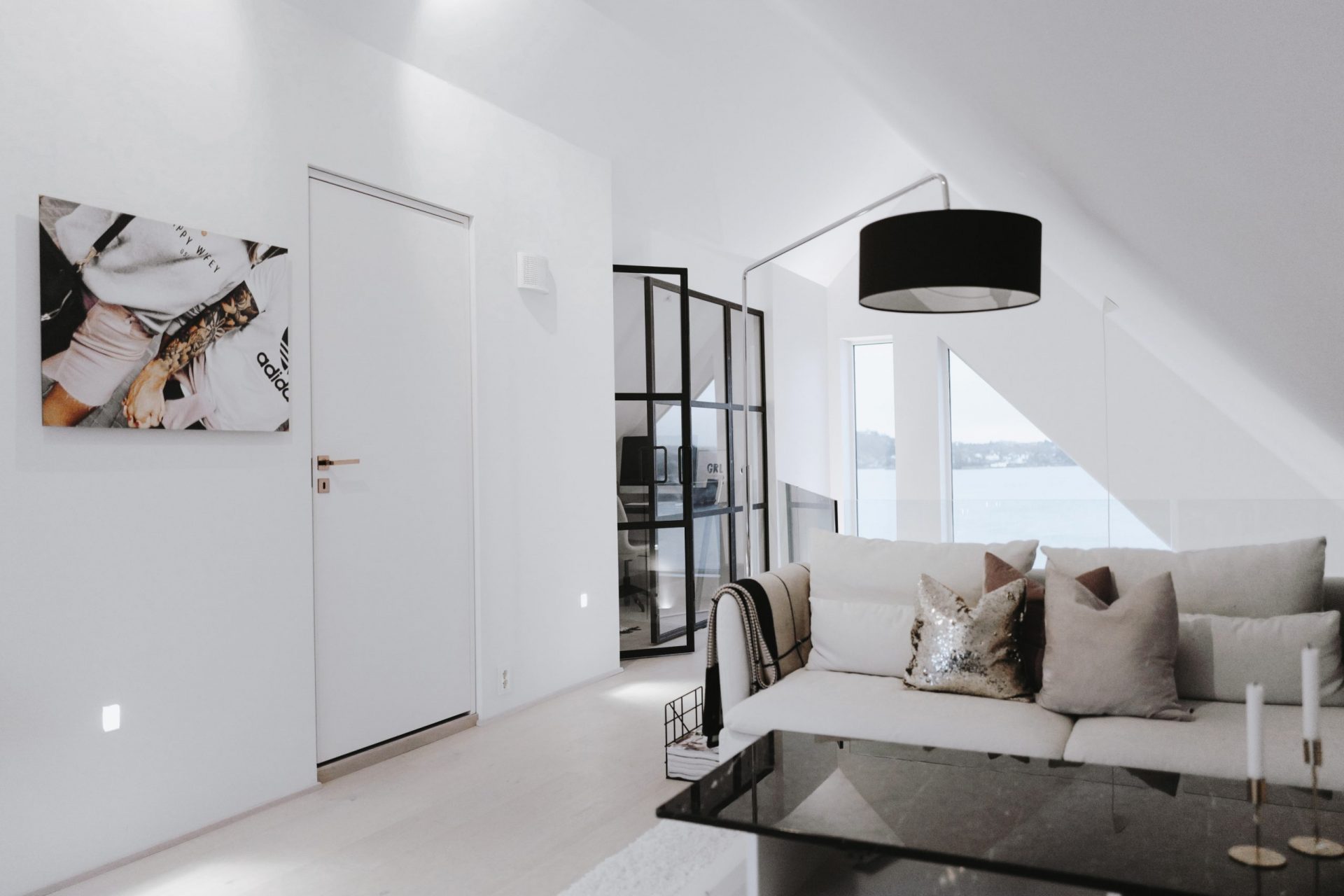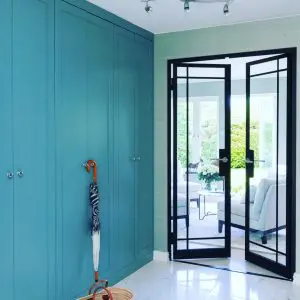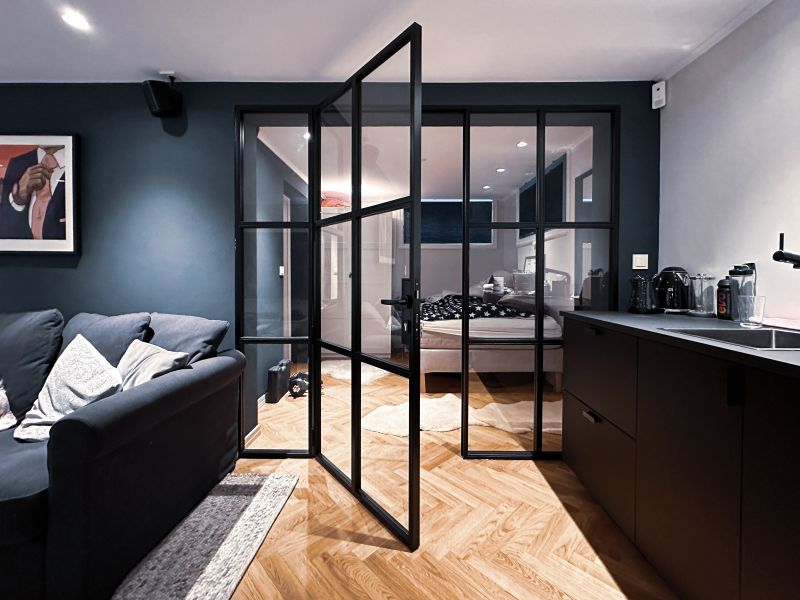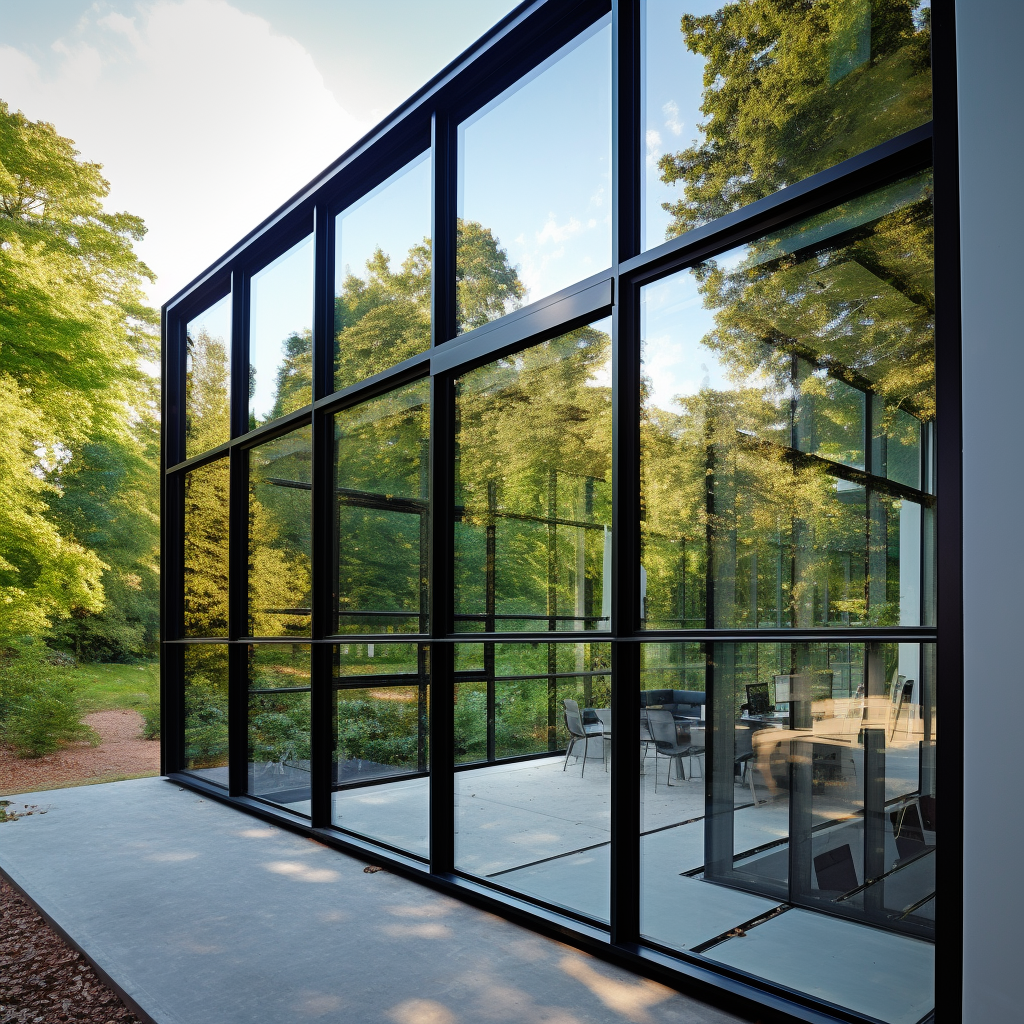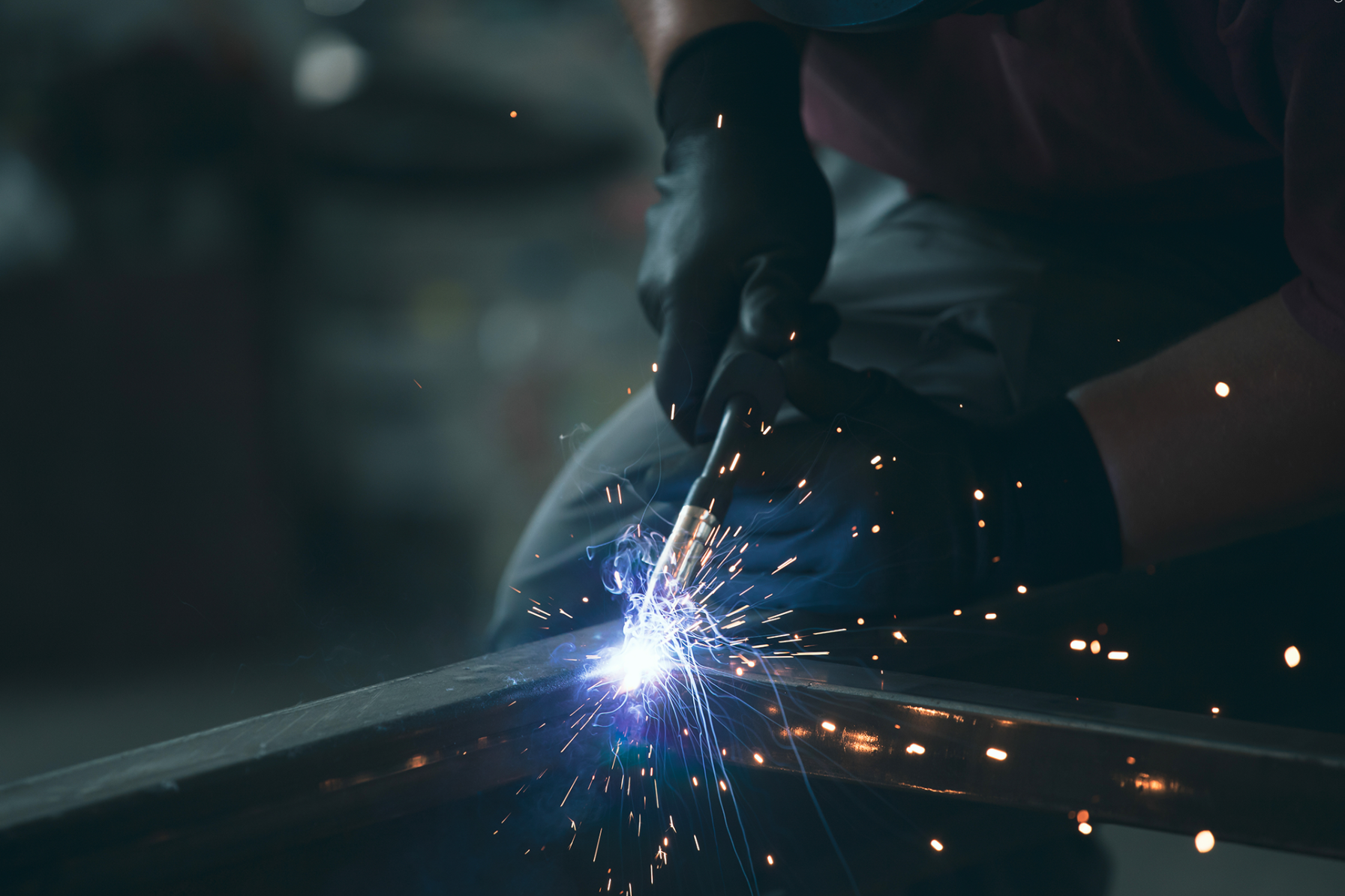Introduction
Imagine walking into a space where robust steel columns meet expansive glass panes, creating a fusion of strength and transparency. This compelling synergy isn’t merely a meeting of materials; it’s an elegant dance between industrial durability and architectural finesse. Whether we’re discussing towering skyscrapers, modern homes, or iconic landmarks like the Louvre Pyramid, the union of steel and glass is a design phenomenon that has revolutionized our built environment. In this blog post, we’ll explore how this blend of raw power and ethereal beauty came to be and why it continues to enchant architects and inhabitants alike.
A Brief History
The integration of steel and glass as architectural elements took a considerable leap during the Industrial Revolution. While glass has been in use since ancient times and steel production became more efficient with the Bessemer process in the 19th century, it was their combination that began to redefine the possibilities in architecture.
The invention of the curtain wall system—a non-structural outer covering of a building—allowed architects to stretch the boundaries of design, giving rise to the first skyscrapers and the modernist architectural movement. Icons like the Seagram Building in New York or the Farnsworth House by Mies van der Rohe epitomized how steel and glass could create architectural poetry.
The Harmony of Opposites
Steel brings strength, durability, and a kind of industrial gravitas. It is the backbone, the skeleton upon which structures are built. Glass, in contrast, is the epitome of transparency, lightness, and openness. When combined, these materials create a unique aesthetic harmony. Steel’s rigidity allows for the expansive use of glass, which in turn highlights the sleekness of the steel. The result is a seamless indoor-outdoor connection and an infusion of natural light, which has psychological benefits and adds a new dimension to interior spaces.
Versatility and Innovation
Another advantage of combining steel and glass is versatility. This pairing has been employed in a multitude of settings— from museums to corporate headquarters, and from airports to private residences. Advances in technology have also given rise to innovations like smart glass, which can change its transparency, and weathering steel, which forms a stable rust-like appearance. Such advancements allow architects and designers even more creative freedom, pushing the envelope of what’s possible when steel meets glass.
Sustainable Possibilities
Sustainability is a growing concern in modern architecture, and the steel-glass duo has a role to play here as well. Steel is one of the most recycled materials on the planet, and its durability ensures longevity. Glass, for its part, allows natural light to permeate buildings, reducing the need for artificial lighting and thereby saving energy. Advanced glazing techniques have also improved the insulating properties of glass, making buildings more energy-efficient.
Conclusion
When steel meets glass, it’s not just a meeting of materials but a fusion of possibilities. From historical landmarks to contemporary masterpieces, this pairing has demonstrated a unique capacity for blending industrial robustness with architectural elegance. As technology advances and sustainability becomes more crucial, we can only expect more groundbreaking work in this fascinating intersection of strength and transparency. So, the next time you find yourself in a space where steel columns rise to meet glass walls, take a moment to appreciate the intricate ballet of engineering and aesthetics dancing before your eyes.

